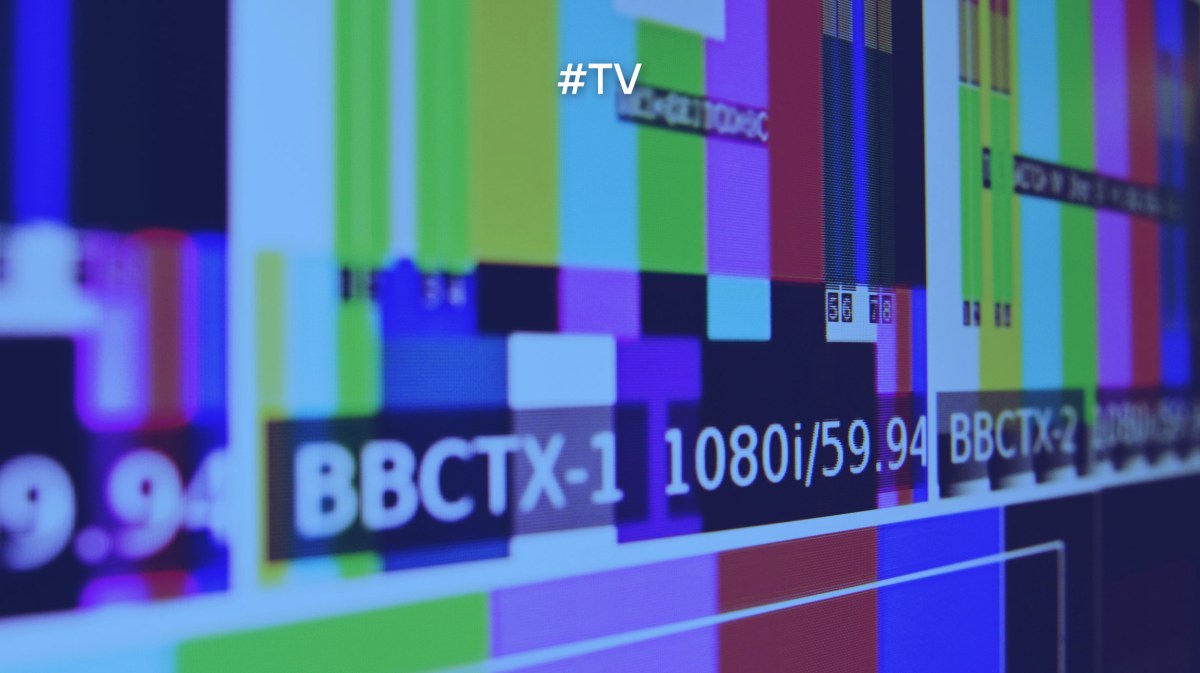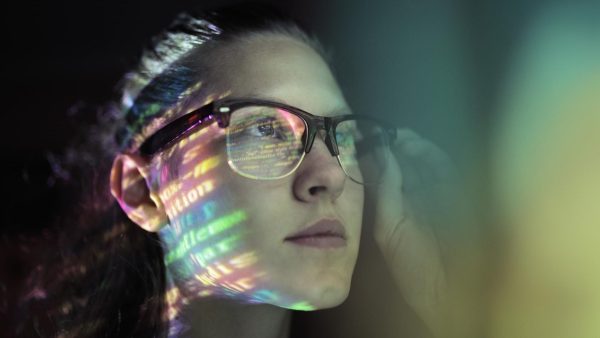What do you think have been the most significant technological advances in television in the last decade?
In the last ten years, there has been a radical transformation driven by several factors.
Firstly, the explosion of streaming and the improvement of connectivity. Both have democratised access to content, allowing people to watch what they want, when they want and where they want. At Telefónica, we offer OTT technology so that our pay TV customers can enjoy our TV offering on any device outside the home.
In addition, video compression technology has been instrumental in making high-quality streaming possible on a variety of devices.
Finally, artificial intelligence – long present in the recommendation of content and presentation of metadata through algorithms – has begun to play an important role, from the recommendation of personalised content to the optimisation of transmission quality. And without a doubt, it is worth highlighting how we at Telefónica have incorporated innovation from our side.
More than five years ago, we launched Living Apps, which allow our customers to interact with different services and content directly from their television.
How has the way we consume television content changed with the arrival of streaming platforms?
The streaming or OTT platforms currently immersed in the ‘streaming war’ have completely redefined our consumption habits. Their content offering no longer limits us to linear programming or fixed schedules. Now, we have total control: we choose what to watch, when to watch it and on what device to watch it.
Binge-watching has become commonplace, and all these platforms compete for our attention by offering extensive catalogues, original content and the best premieres.
In addition, the ability to rewind and fast forward has changed our relationship with content, allowing us to consume it in a more active, faster and personalised way. Although often such binge-watching is counterproductive because such immediacy means that the impact of the IP of the platforms ‘stays’ for a short time on our retina.
Another significant change in the last decade has also been the rise in the use of two or more screens. It is common for us to sit and watch television while interacting with our phones or tablets, whether it be commenting on social networks, searching for information related to the content or simply carrying out other activities.
This trend presents challenges and opportunities for platforms and content providers to capture our attention. They are always looking to integrate and complement the experience on both screens to maintain viewer attention and offer richer interactions. Or they even dare to offer 360º proposals such as video games, create your own story, advertisements with the possibility of buying iconic objects from the content…
AI, of course, is present in many of these functionalities, improving the experience and offering new possibilities for entertainment.
What role do social networks play in the promotion and consumption of television programmes today?
Social networks are the ‘playground’ for any actor in TV, media… On them, viewers share opinions, discuss scenes and connect with other fans.
Content creators and platforms know that this is a critical channel for warming up the engines from the moment a lot of content starts to take shape: before a launch, it encourages people to comment in real time and keep the conversation going long after the end of the episode.
Here, too, video games created from content IPs (for example, Netflix’s proposal of casual games with ‘The Squid Game’ as the protagonist) play an important role in extending the ‘hook’ with the content.
But social networks are a step further. They are a machine for viralising content, and brands know this well. Short videos, memes and challenges can turn a programme into a global phenomenon overnight.
In addition, the use of influencers on platforms such as YouTube and TikTok is very common, as they act as ambassadors for the series, generating creative content that reaches mass audiences and encourages them to watch the programmes.
How has interactivity influenced the viewer experience and what innovations have you seen in this regard?
Interactivity is undoubtedly a new dimension in the television experience. In general, we are in need of ‘dopamine’ and we are no longer mere passive spectators, but want to actively participate in the narrative.
We have seen innovations such as real-time polls and competitions, which allow viewers to influence the development of the story. The Living Apps that we have promoted at Telefónica are an excellent example of how the user experience can be enriched by allowing them to interact with applications and services directly from their television.
Virtual and augmented reality are also opening up new possibilities for interactivity, immersing us in virtual worlds and allowing us to interact with the characters and the environment. In fact, you can now even create narratives with increasingly real avatars.
What future trends do you see in television that could revolutionise the industry even further?
In my opinion, we are already seeing recent changes that undoubtedly lead us to think about greater personalisation and adaptation of content to individual preferences. Artificial intelligence will play an increasing role in the selection and recommendation of programmes, and could even generate original content adapted to our tastes.
Virtual and augmented reality will continue to evolve, offering more immersive and realistic experiences on any type of screen. I also believe that we will see greater integration between television and other devices and platforms, allowing us to consume content anytime, anywhere without interruption.
Blockchain technology could transform the way content is financed and distributed, allowing for greater transparency and control for creators.
How have diversity and inclusion impacted television programming and the way content is produced?
Both have become very important in today’s television. There is a strong desire to see stories that reflect the richness and complexity of the world around us, with characters and situations that we can all relate to. And both traditional broadcasters and platforms are responding to this demand by offering increasingly varied content.
This is positive for everyone. Viewers feel more represented, and the industry gains new perspectives and narratives. In addition, there is a greater focus on ensuring that there is diverse talent behind the cameras as well, which contributes to making the stories even more authentic and relevant.
Finally, it is important to remember that streaming goes beyond video and encompasses categories such as music, gaming, social media and much more. So we can extend this debate to these other verticals. We also highlight Movistar+ 5S, the accessible service of Movistar Plus+. This is a section where you can find titles adapted for people with visual or hearing impairments. It includes both film premieres, catalogue films and complete series seasons.









